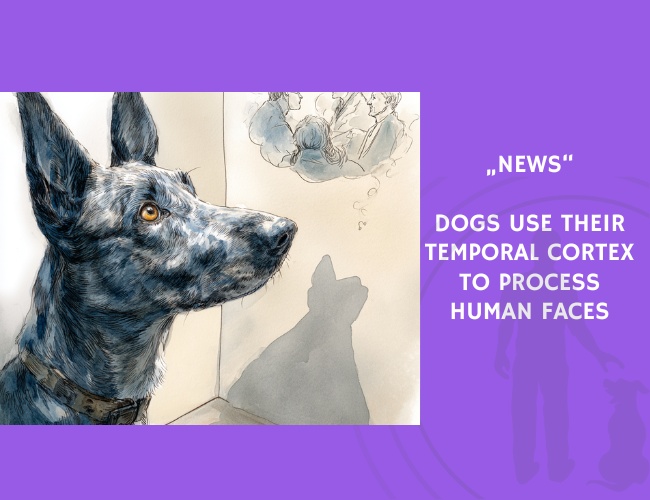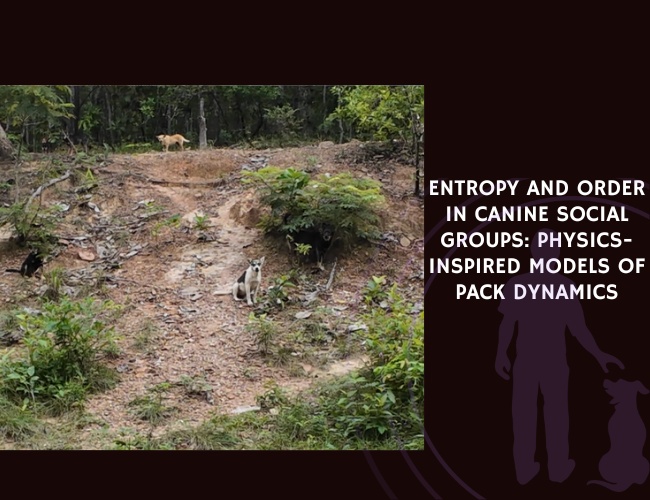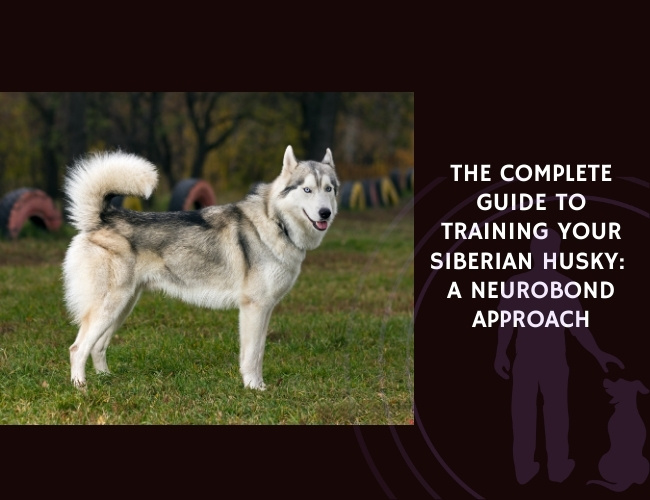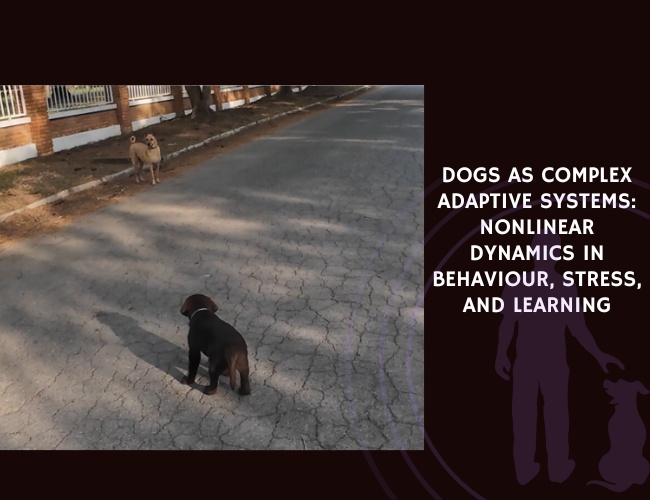In a pioneering 2016 study published in PLoS ONE, researchers Laura V. Cuaya, Raúl Hernández-Pérez, and Luis Concha investigated how the canine brain perceives human faces. The study used functional magnetic resonance imaging (fMRI) to examine brain activity in seven trained, awake dogs who viewed blocks of human faces and everyday objects.
The team discovered that viewing human faces significantly activated the dogs’ bilateral temporal cortex—a region associated with the ventral visual pathway and a known site for face processing in primates. In contrast, everyday objects elicited no significant activation. This finding identifies the temporal cortex as a likely neural substrate for face recognition in dogs, implying deep evolutionary conservation of social cognition mechanisms.
These results build on existing evidence that dogs use visual cues from human faces to guide behavior, such as identifying their owners or reading emotions. By showing a clear neurological basis for this ability, the study confirms that dogs do not merely respond behaviorally to facial features but may actually process them at a neural level similar to other social mammals.
Furthermore, the research reinforces the idea that domestication and co-evolution with humans have fine-tuned canine social perception. Just as humans possess dedicated brain regions for recognizing faces, dogs appear to have evolved or adapted similar capacities, potentially strengthening their interspecies social bond with humans.
The study also contributes to the growing body of work using non-invasive imaging techniques in awake dogs, opening new doors for research into the canine mind. Such methods allow researchers to delve into the complex neural architecture of dog cognition without distress or sedation, ensuring more accurate and ethical data.
Source: Laura V. Cuaya, Raúl Hernández-Pérez, Luis Concha. “Our Faces in the Dog’s Brain: Functional Imaging Reveals Temporal Cortex Activation during Perception of Human Faces.” PLoS ONE, 2016-03-02. https://doi.org/10.1371/journal.pone.0149431










